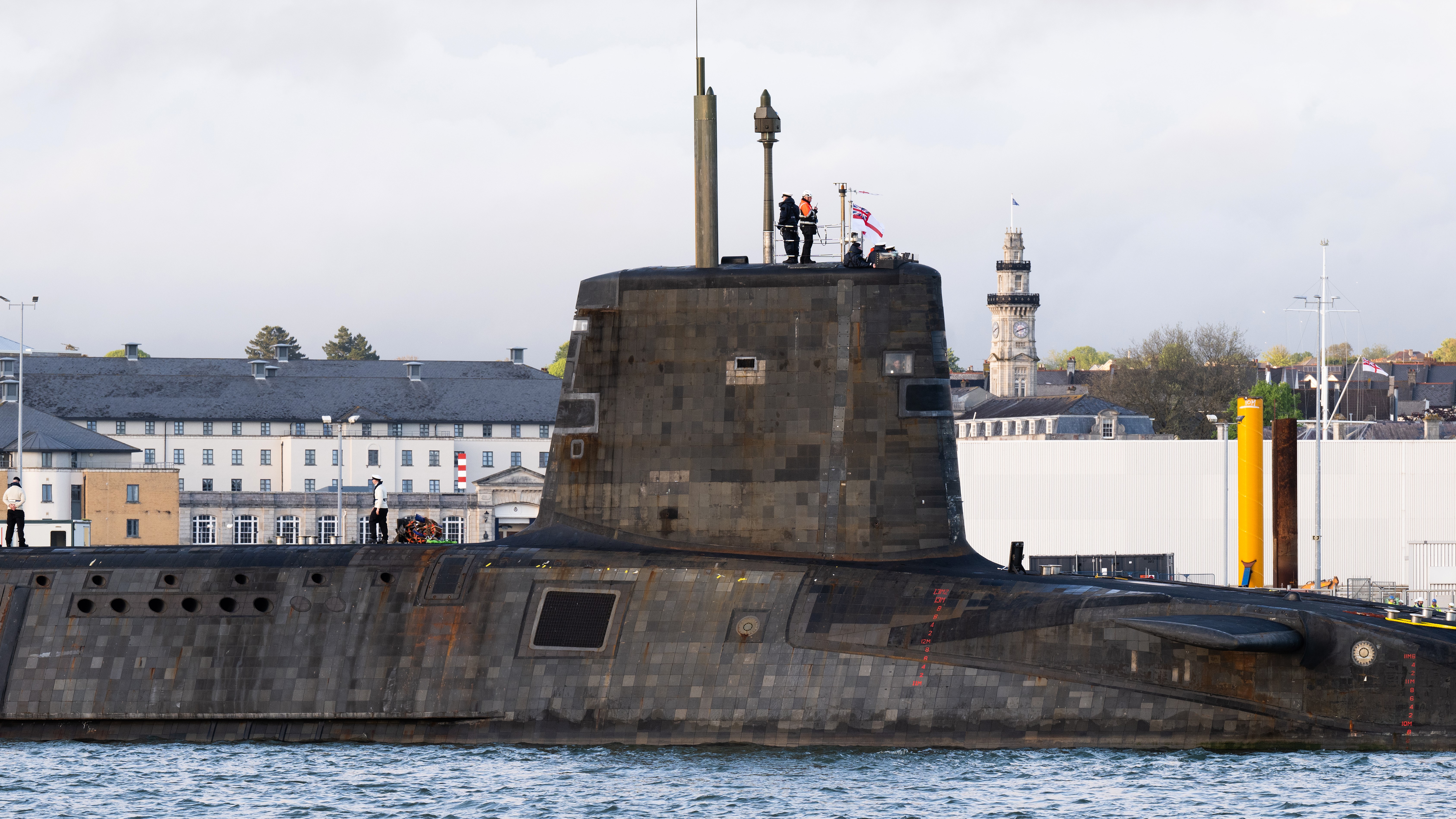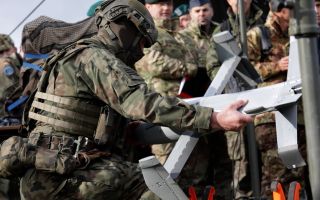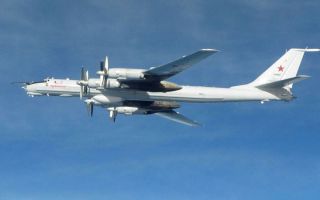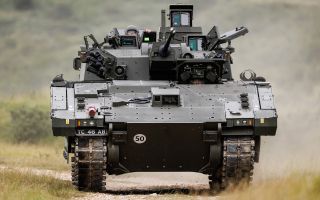
Nato faces risk of nuclear gap if US support wanes, warns former First Sea Lord

The UK must prepare for the possibility of operating its nuclear deterrent without American support, according to a new Policy Exchange paper by former First Sea Lord Admiral Lord West of Spithead.
The report traces the history of Britain's nuclear weapons programme from its origins in the Second World War to the present day, highlighting how closely tied the UK's capabilities have become to the United States.
From missiles and warhead components to testing data and satellite communications, the UK's Trident system now depends on extensive US collaboration.
- New submarine facility will maintain nuclear deterrence and national security, says minister
- Dreadnought submarines to take Royal Navy's nuclear deterrent into the 2070s
- Air-launched nukes an option for the RAF if it buys F-35A, suggests SDR co-author
The paper does not suggest that current US administrations intend to withdraw from these arrangements.
However, it argues that a full audit of America's global military footprint, combined with wider geopolitical uncertainty, makes it essential for the UK to consider scenarios in which this support might weaken or end altogether.
Britain's nuclear posture has shifted considerably over time.
After an early period of independent development, the UK increasingly relied on US-supplied delivery systems and technology – an arrangement formalised through the 1958 Mutual Defence Agreement.
Today, the UK leases its Trident missiles from a shared pool in Georgia, builds its submarines and warheads using US-derived systems, and benefits from American test data and command infrastructure.
The report outlines the high cost of replacing these elements with a fully sovereign nuclear programme.
Estimates suggest it could take 15 to 25 years and cost up to £120bn.
Annual running costs would also rise by up to 50%, requiring a significant increase in defence spending to maintain strategic continuity.
The analysis also explores wider implications for Nato.
If the US was to scale back its nuclear presence in Europe, the resulting deterrence gap could prompt calls for joint European nuclear capabilities or independent arsenals in countries like France or Poland.
These options, however, would come with political, legal and financial obstacles – not least the issue of withdrawing from the Non-Proliferation Treaty.
Lord West's paper raises concerns that the cost of the nuclear programme, particularly the Dreadnought-class submarines and associated warhead infrastructure, is placing increasing pressure on conventional defence budgets.
He suggests that ringfencing the nuclear budget – funding it directly from the Treasury – could protect the UK's conventional capabilities and preserve strategic flexibility.
The report also discusses the growing debate around non-strategic nuclear weapons.
Russia is believed to possess a large stockpile of such arms, designed for battlefield use.
The UK currently lacks this type of system, but recent procurement decisions and hints in the Strategic Defence Review suggest the government is considering options for restoring sub-strategic capabilities, potentially via air-launched systems.
The paper stops short of recommending a full break from US cooperation, but urges the UK Government to plan for all scenarios, including the potential loss of American support.









